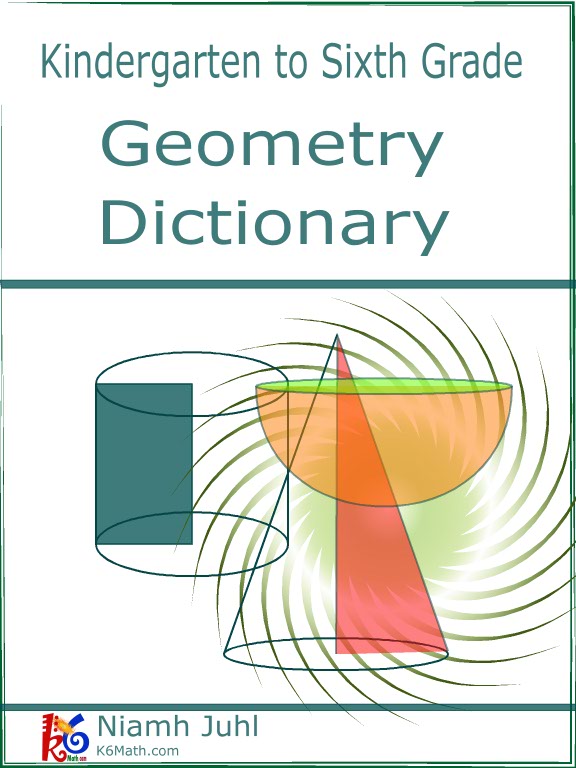
For a list of star names, visit SkyEye - (Un)Common Star Names. In order that every center should have its own name, in cases where no particular name arises from geometrical or historical considerations, the name of a star is used instead. Both coordinate systems are widely used if trilinears for a point are x : y : z, then barycentrics are ax : by : cz. Where u', v', w' denote the signed areas of triangles PBC, PCA, PAB. Likewise, u : v : w are barycentrics if there is a function k of (a,b,c) such that Where x', y', z' denote the directed distances from P to sidelines BC, CA, AB. This means that there is a nonzero function h of (a,b,c) such that Each triangleĬenter P has homogeneous trilinear coordinates, or simply trilinears, of the form x : y : z. The reference triangle is ABC, with sidelengths a,b,c. Such centers turn out to be useful, as, for example, when distinguishing between the Fermat point and the 1st isogonic center see the note at X(13). The algebraic definition of triangle center ( MathWorld) admits points whose geometric interpretation for fixed numerical sidelengths a,b,c is not "central." Roger Smyth offers this example: on the domain of scalene triangles, define f(a,b,c) = 1 for a>b and a>c and f(a,b,c) = 0 otherwise then f(a,b,c) : f(b,c,a) : f(c,a,b) is a triangle center which picks out the vertex opposite the longest side. For example, starting with ABC and point P, you could efficiently construct center X of the four triangles ABC, BCP, CAP, ABP. (For information on Sketchpad, click Sketchpad.) The sketches are also useful for making your own Sketchpad tools, so that you can quickly construct X-of-T for many choices of X and T. These are dynamic sketches, meaning that you can vary the shape of the reference triangle A, B, C by dragging these vertices. If you have The Geometer's Sketchpad, you can view sketches of many of the triangle centers.

For such a search, be sure to visit Ron Knott's Triangle Convertor for Cartesian, Trilinear and Barycentric Coordinates. Under Tables, you can find Search_13_6_9 (and two other Searches), which can be used to determine whether a newly discovered point is already in ETC. To learn about the triangle geometry interest group, Hyacinthos and other resources, or to view acknowledgments or supplementary encyclopedic material, click Links, Thanks, or Tables. Translation of the Kimberling's Glossary into barycentrics.įor visual constructions of selected centers with text, click Sketches. If you're unsure of a term, click Glossary or Pierre Douillet's much expanded and very useful version: To determine if a possibly new center is already listed, click Tables at the top of this page and scroll to "Search 6.9.13". Other named centers can be found using your computer's searcher - for example, search for "Apollonius" to find "Apollonius point" as X(181). You won't have to scroll down very far to find well known centers.

Special points and properties of 4-sided plane figures are closely associated with triangle centers see Chris van Tienhoven's In particular, Eric Weisstein'sĬovers much of classical and modern triangle geometry, including sketches and references.Ī site in which triangle centers play a central role is Bernard Gibert's The Encyclopedia of Triangle Centers (ETC) extends a list of 400 triangle centers published in the 1998 bookįor subsequent developments, click Links (one of the buttons atop this page). Like the definition of continuous function, this definition is satisfied by infinitely many objects, of which only finitely many will ever be published. More centuries passed, more special points were discovered, and a definition of The ancients found other points, too, now called the incenter, Word spread, and the magic of the three segments was regarded as the work of a higher power.Ĭenturies passed, and someone proved that the three medians do indeed concur in a point, now called the To their surprise and delight, the coincidence worked for them, too. The person drew yet a third triangle, very carefully, with the same result. The person was impressed and repeated the experiment on a different shape of triangle. Each segment started at a vertex and stopped at the midpoint of the opposite side. Long ago, someone drew a triangle and three segments across it.

This is PART 1: Introduction and Centers X(1) - X(1000) PART 1:


 0 kommentar(er)
0 kommentar(er)
